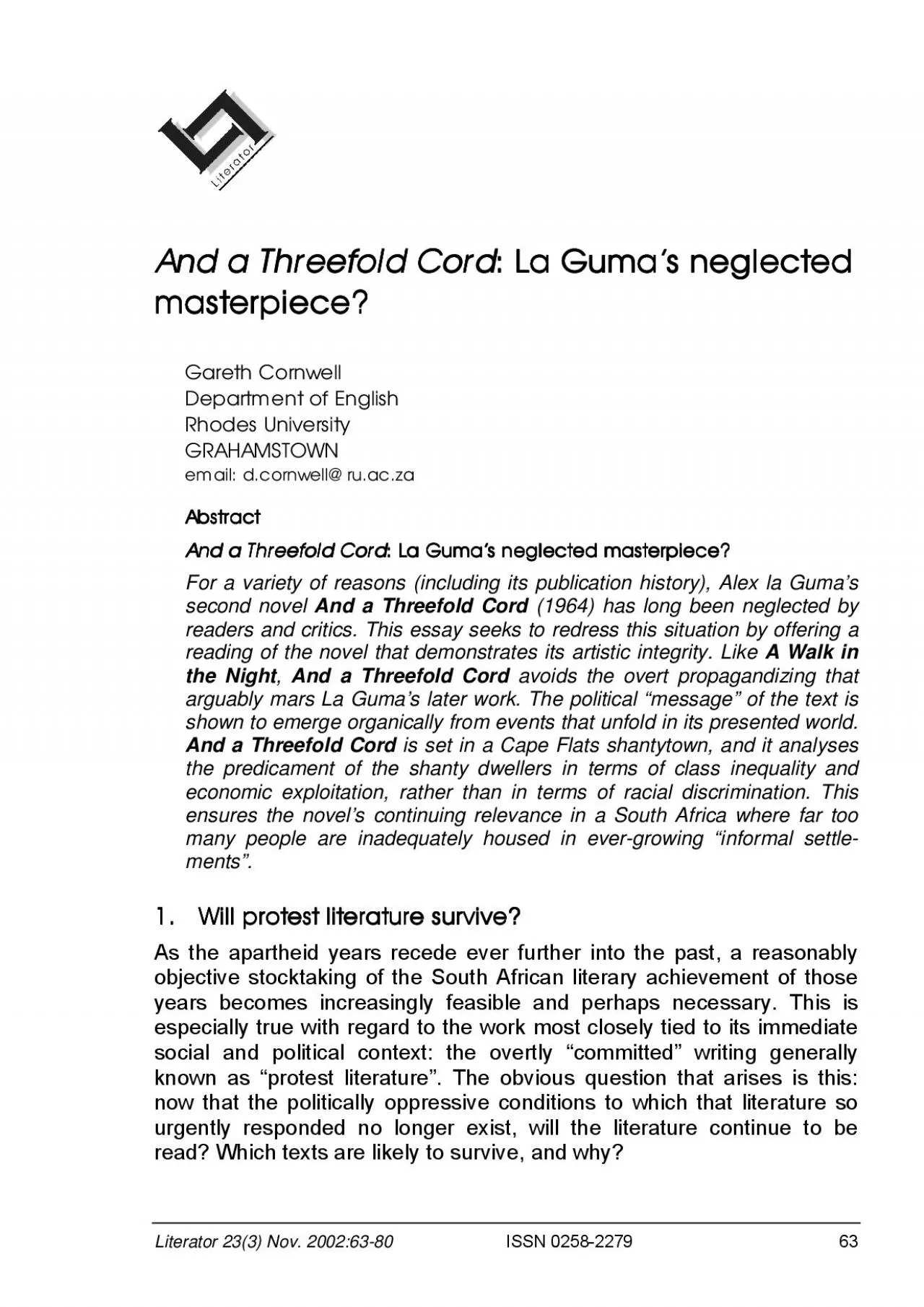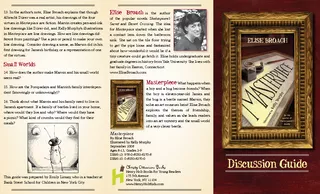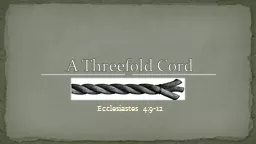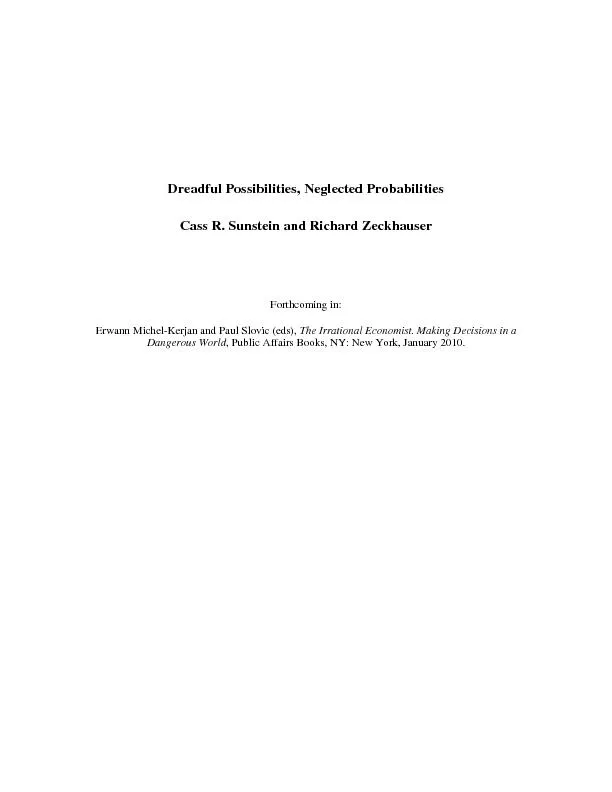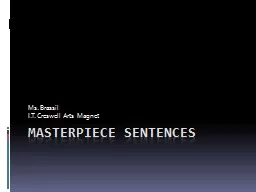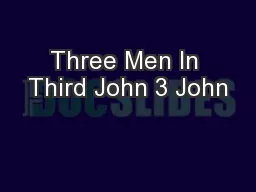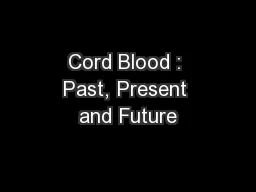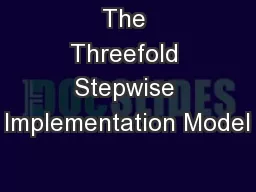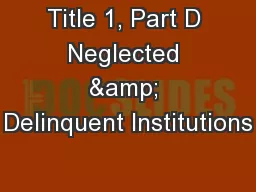PDF-And a Threefold Cord La Gumas neglected masterpiece
Author : madeline | Published Date : 2021-08-24
64 ISSN 02582279 Literator 233 Nov 20026380One writer whose work is in my view indubitably substantial enough to lead an independent existence in this postapartheid
Presentation Embed Code
Download Presentation
Download Presentation The PPT/PDF document "And a Threefold Cord La Gumas neglected ..." is the property of its rightful owner. Permission is granted to download and print the materials on this website for personal, non-commercial use only, and to display it on your personal computer provided you do not modify the materials and that you retain all copyright notices contained in the materials. By downloading content from our website, you accept the terms of this agreement.
And a Threefold Cord La Gumas neglected masterpiece: Transcript
Download Rules Of Document
"And a Threefold Cord La Gumas neglected masterpiece"The content belongs to its owner. You may download and print it for personal use, without modification, and keep all copyright notices. By downloading, you agree to these terms.
Related Documents

